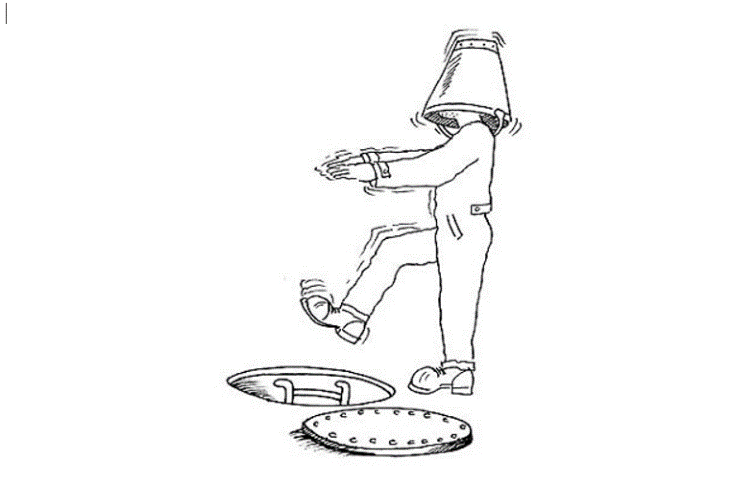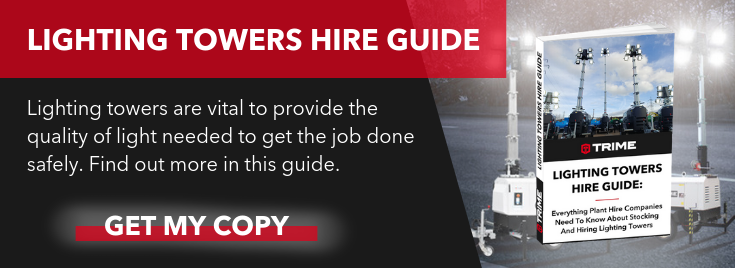
Lighting Safety on Construction Sites

Regulation 8 of the Workplace (Health, Safety and Welfare) regulations 1992 says that every workplace must have 'suitable and sufficient' lighting. Where possible natural light should be used in preference to artificial lighting.
Lighting should be sufficient to enable people to work, use facilities and move from place to place safely and without experiencing eye-strain. There are minimum standards set out in HSE guidance but these are set at very low levels. If people have difficulty doing their job because lighting is too dim then it may not be ‘suitable or sufficient’.
Despite your legal responsibility to measure light there are some other very good reasons to be considering your lighting levels. Bad lighting can be detrimental to your business. Low lux levels (insufficient light) are a common cause of fatigue and muscle strain. This becomes more likely if the exposure is consistent over longer periods of time. The same is true for high lux levels (excessive light). Glare and reflected light can distract an individual and impair his or her vision. This is particularly dangerous when a job requires the worker’s full attention. Those working with machinery or hazardous chemicals are at a much greater risk. Using a light or lux meter to measure light levels in your workplace can help you to avoid these issues. Protecting your colleagues and employees in the workplace should be of paramount importance.
Also, employers need to ensure that any artificial lighting provided does not change the apparent colour or visibility of any safety signs or other safety related items such as fire extinguishers. Temporary lighting should be equipped with heavy-duty electric cords with connections and insulation maintained in safe condition. Temporary lights may not be suspended by their electric cords unless cords and lights are designed for this means of suspension. Splices shall have insulation equal to that of a cable.
The two main sources of guidance for lighting in the workplace are the Society for Light and Lighting’s Code for lighting (published by the Chartered Institution of Building Services Engineers) and the Health and Safety Executive’s Lighting at work (HG38). While the former covers all aspects of lighting, HG38 is probably the most relevant for construction sites.
According to HG38, lighting should:
- Allow people to notice hazards and assess risks
- Provide enough light for the working environment and the task
- Enable people to see properly and discriminate between colours (particularly important with safety warnings)
- Not cause glare, flicker or stroboscopic effects
- Not create big differences in light within an area or between adjacent areas
- Meet any special needs of individuals
- Not pose a health and safety risk itself
- Be positioned to allow safe maintenance, replacement and disposal
- Include, when necessary, suitable and safe emergency lighting.
The X-ECO produces a substantial lighting footprint, and with sustainability at the heart of its’ compact design, its energy saving features have propelled the X-ECO to the forefront of commercial LED lighting tower industry. The X-ECO LED becoming increasingly a favourite lighting set with many leading rental firms and their clients, principally because of its robust build and fuel-conservation qualities. Trime engineers have calculated that the X-ECO uses approximately £336.00 less in fuel each month when compared to many lighting sets currently available, these savings equate to a reduction in C02 output by around 888kg per month.
To find out more about how we can help, please contact us.








